Asthma patients’ and physicians’ perspectives on the burden and management of asthma
The Asthma Patients' and Physicians’ peRspectives on the burden and manageENT of asthma (APPaRENT) study assessed physician and patient perspectives on asthma management, and how the GINA recommendation updates are reflected in current clinical practice1,2
• 7 minute read
Chapman K, et al. Respiratory Medicine 2021;186:106524 DOI: 10.1016/j.rmed.2021.106524
Study summary
The study was a multinational, cross-sectional online survey of patients and physicians conducted between July and August 2020 across four countries: Australia, Canada, China and the Philippines.
Patients included were aged ≥18 years with self-reported history of past/current physician-diagnosed asthma. Physicians included were primary care physicians* with ≥3 years in clinical practice and responsible for care of ≥4 patients with asthma monthly.
Physician perspectives
Awareness of MART
MART uses ICS/formoterol as both the maintenance and reliever treatment.
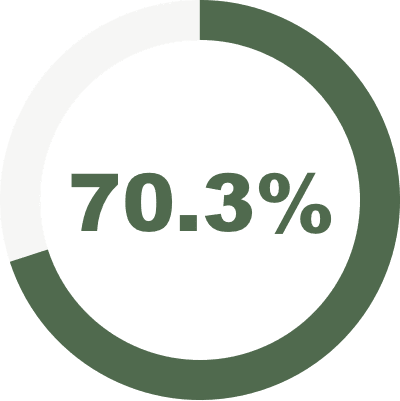
70.3% of physicians reported having an awareness of MART dosing.a

Most physicians (85.4%) reported that they prescribe a SABA alongside MART at least some of the time; this only includes situations where HCP was not aware of how MART works.b
Treatment goals
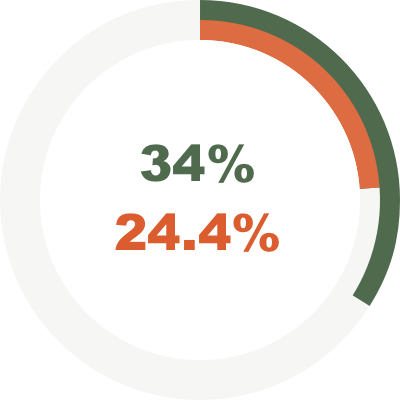
Physicians rated reducing symptom severity (34%) as the most important factor when prescribing daily maintenance medication, followed by lowering exacerbation risk (24.4%).c
Prescribing patterns
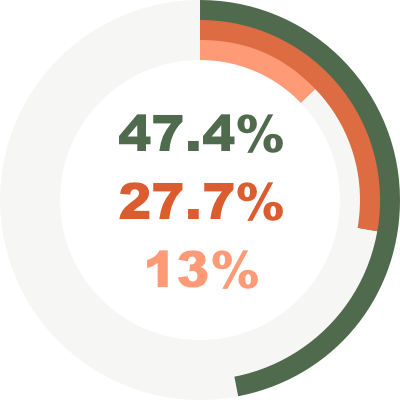
For patients with mild asthma only 13.0% of physicians reported initially prescribing ICS/formoterol as MART overall.d

For patients with moderate asthma, physicians most frequently reported initially prescribing an ICS/LABA + SABA regimen (32.8% overall), with low-dose ICS + SABA (28.8% overall) and ICS/formoterol as MART (16.2% overall), the next most common initial considerations.d
aQuestion Are you aware of the MART dosing approach for asthma? bQuestion: When you prescribe ICS/LABA as MART for asthma, how often do you also prescribe a short-acting β2-agonist or a short-acting bronchodilator as a reliever? cQuestion:What is THE MOST important factor to you when prescribing controller/maintenance medications? dQuestion: Please think about your typical treatment approach for patients with moderate asthma (GINA Steps 3 and 4). What treatment option might you consider initially?
Patient perspectives
Perceptions of asthma control
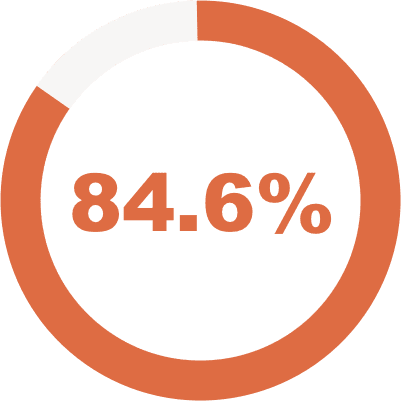
Overall, 84.6% of patients did not consider their asthma to be fully controlled, and 7.3% considered their asthma to be not at all controlled or poorly controlled.a
Treatment preferences

Overall, 60.0–83.5% of patients indicated that it was ‘very important’ that their daily controller inhaler treats symptoms such as shortness of breath, chest tightness, and coughing.b

Overall, 52.9% of patients preferred to proactively manage asthma by taking medication daily, whereas 46.3% preferred to use an inhaler only after symptoms appear.c
Patient behaviours
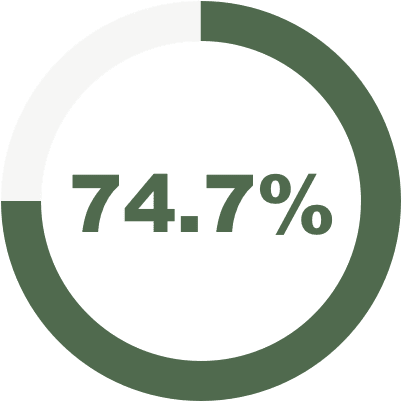
Overall, 74.7% of patients reported using regular maintenance therapy with or without as-needed reliever therapy; of these, 11.4% were using MART.d
Awareness of MART
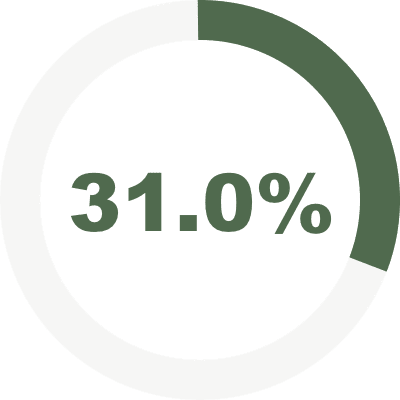
Overall, 31.0% of patients reported that they are aware of MART.e
aQuestion: How would you rate your asthma control during the past 4 weeks? Patients who did not consider their asthma to be fully controlled includes responses: well controlled, somewhat controlled, poorly controlled,not at all controlled. bQuestion: How important is it that your inhaler treats...chest tighness, shortness of breath, coughing? cQuestion: Would you prefer... An inhaler that you take every day to prevent asthma symptoms, An inhaler that you use only after asthma symptoms appear, other? dQuestion: Thinking about your asthma medication, do you use a controller/maintenance inhaler, a rescue inhaler/reliever, both a controller/maintenance inhaler and rescue inhaler/reliever, or one inhaler that is for both control and rescue? eQuestion: Some inhalers can be used as a combination asthma controller/maintenance inhaler and as a rescue inhaler/reliever as needed, in one inhaler. This approach is called MART dosing … Are you aware of this approach for treating asthma?
Implications
- Regular ICS dosing remains one of the most commonly prescribed regimens by physicians for patients with moderate asthma.
- The finding that physicians prescribe a SABA alongside MART suggests a lack of physician understanding of MART*, despite inclusion as a preferred treatment in GINA recommendations (GINA Track 1, Steps 3 and above only).
- The continuing use of separate controller and reliever inhalers, with regular use of controller and reliever only used as needed, suggests that real-world clinical practice takes some time to evolve and adopt new recommendations.
- Overall, 84.6% of patients felt that their asthma was not completely controlled, suggesting that improvements could be made to their asthma management.
- Patients' awareness of MART remains low, indicating a poor understanding of asthma treatment strategies by patients and the need for improved patient education by doctors/ healthcare providers.
*this only includes situations where HCP was not aware of how MART works.
Footnotes
*General practice, family medicine, and/or internal medicine physicians. Canada also included respirologists/respiratory therapists.
Abbreviations
APPaRENT, Asthma patients’ and physicians’ perspectives on the burden and management of asthma; GINA, Global Initiative for Asthma; ICS, inhaled corticosteroid; MART, maintenance and reliever therapy; SABA, short-acting β2-agonist
References
- Chapman K, et al. Res Med 2021;186:106524 DOI: 10.1016/j.rmed.2021.106524
- Global Initiative for Asthma 2022 Report. Global Strategy for asthma management and prevention. Available from: https://ginasthma.org/gina-reports/. Accessed 17 March 2023
NX-GBL-ASU-WCNT-220006 | March 2023
Related media
Continue your learning with these related resources
 Webinar
Webinar
 Webinar
Webinar
 Infographic
Infographic
 Infographic
Infographic



